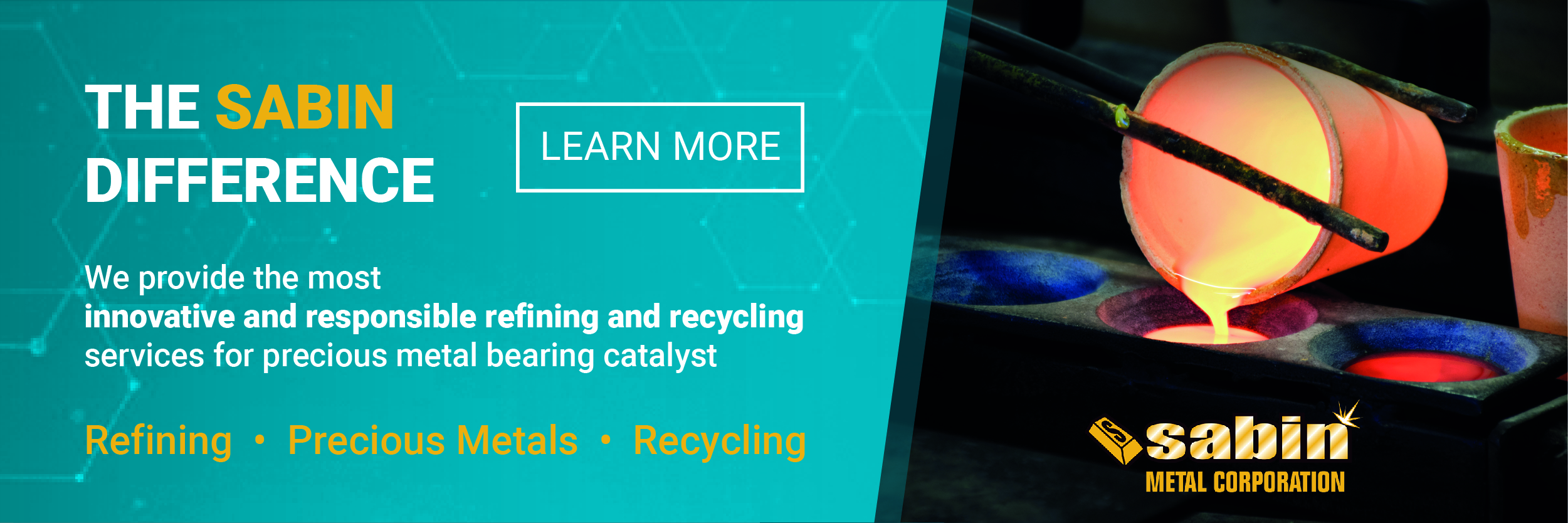Oilfield & Energies
Nano-scale coating for high-efficiency solar cells 30th April 2018
Researchers at the National Institute of Standards and Technology (NIST) have developed a nano-scale coating for solar cells that enables them to absorb about 20% more sunlight than uncoated devices. Applied with a technique that could be incorporated into manufacturing, it opens a new path for developing low-cost, high-efficiency solar cells with abundant, renewable and environmentally friendly materials.
The coating consists of thousands of tiny glass beads, about 1/100 width of a human hair. When sunlight hits the coating, the light waves are steered around the nano-scale bead. The light captured by the nano-resonator coating eventually leaks out and is absorbed by an underlying solar cell made of gallium arsenide. The coated solar cells absorbed around 20% more visible light, and produced about 20% more current, than bare cells.
The study is the first to demonstrate the efficiency of the coatings using precision nano-scale measurements, said Dongheon Ha of NIST and the University of Maryland’s NanoCenter.
“Although calculations had suggested the coatings would enhance the solar cells, we could not prove this was the case until we had developed the nano-scale measurement technologies that were needed,” he noted.
The team also devised a rapid, less-costly method of applying the nanoresonator coating. Rather than (as previosu researchers have done) dipping the material in a tub of the nano-resonator solution, this team placed droplets of the nano-resonator solution on just one side of the solar cell. A wire-wound metal rod is then pulled across the cell, spreading out the solution and forming a coating made of closely packed nano-resonators.
“This is an inexpensive process and is compatible with mass production,” said Ha.


